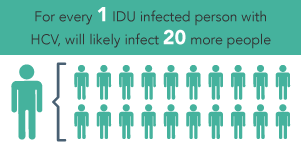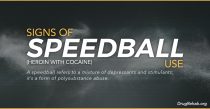
When a person mixes heroin with cocaine, they may seem anxious, uncoordinated, stupored, and drowsy. This mixture of depressant and stimulant is referred to as a speedball. A lot of people concurrently use heroin and cocaine to counter any side-effects from either drug, but it can also result in consequences such as respiratory failure, overdose, and coma.
What Is A Speedball And Why Is It Dangerous?
 A speedball refers to a mixture of depressants and stimulants; it’s a form of polysubstance abuse. A few examples of a speedballing are alprazolam with methamphetamine, alcohol with amphetamines, or the most common speedball, heroin with cocaine.
A speedball refers to a mixture of depressants and stimulants; it’s a form of polysubstance abuse. A few examples of a speedballing are alprazolam with methamphetamine, alcohol with amphetamines, or the most common speedball, heroin with cocaine.
People may use heroin with cocaine for the intense rush, or to minimize the negative side-effects or “come-down.” But the reality is the effect that mixing heroin with cocaine has on the body is unpredictable, and can be fatal.
How Cocaine Works
Cocaine works by stimulating a person’s central nervous system. It causes a flush of dopamine in a their brain, and increases their heart rate. The euphoric effect makes the user feel energetic, extremely happy, and often sleepless. Cocaine also acts on the parasympathetic nervous system which is responsible for regulating a person’s fight or flight response.
How Heroin Works
Heroin, on the other hand, works by depressing the central nervous system. Once it’s in the blood stream, heroin rushes to the brain and binds to opioid receptors—these are responsible for feelings of pain and pleasure, but also affect breathing, sleeping, and heart rate. Unlike cocaine, heroin affects the sympathetic nervous system, which is responsible for the body’s rest and digestion.
Mixing Heroin With Cocaine
When cocaine and heroin are mixed, their opposite effects can create a system debacle. This is because when both the sympathetic and parasympathetic systems mentioned above, are attacked, the brain responds by sending a mixed signal of what to do. Another, perhaps more practical danger is that the effects of cocaine wear off much faster than heroin, which can easily result in respiratory failure.
 Most of the time heroin and cocaine are diluted with non mood altering substances such as starch, sugar, flour, powdered milk, talcum powder, or even rat poisoning. So there isn’t always a way to tell what either drug has been cut with, thus the purity of each drug isn’t always clear. An amount that proved to be “safe” last time someone mixed heroin and cocaine, could be a fatal dose this time.
Most of the time heroin and cocaine are diluted with non mood altering substances such as starch, sugar, flour, powdered milk, talcum powder, or even rat poisoning. So there isn’t always a way to tell what either drug has been cut with, thus the purity of each drug isn’t always clear. An amount that proved to be “safe” last time someone mixed heroin and cocaine, could be a fatal dose this time.
In 2015, heroin alone killed 12,989 people. That same year, cocaine killed 6,784 people. From 2010-2015, heroin and cocaine related deaths more than doubled with a combined total that escalated from 8,408 deaths in 2010 up to 21,823 deaths in 2015.
Mixing cocaine and heroin isn’t only dangerous, it’s part of a growing epidemic in the United States. Without a serious change, and the right help, a lot more lives may be lost to addiction.
Signs Of Speedball Use
Some of the signs of speedballing will be harder to point out than others, but it may help to be able to recognize the signs of heroin and cocaine abuse.
That’s because many of the side-effects of heroin and cocaine are, “associated with the abuse of either one individually,” (NIDA for Teens).
The side-effects of speedballing heroin and cocaine may include:
- anxiety
- high blood pressure
- strong or irregular heartbeat
- drowsiness
- suppression of breathing
- general confusion
- incoherence
- blurred vision
- stupor
- drowsiness
- paranoia
- mental impairment
- uncontrolled and uncoordinated motor skills
- risk of death from:
- stroke
- heart attack
- aneurysm
- respiratory failure
Why Mix Heroin With Cocaine?
The reasons that someone mixes heroin with cocaine can vary, but there are a lot of people who inject a mixture of the two to chase the perfect euphoria. Others may combine the heroin with cocaine to counter the drug side-effects like anxiety, depression, or even a crash.
Heroin is a mentally and physically addictive drug that can be extremely difficult to quit cold turkey. A lot of people are met with the challenge of intense mental and physical withdrawals when they finally do stop using heroin.

Everybody’s different, and there so there’s no clear-cut reason that people will mix depressants and stimulants. There are also people who use cocaine as a sort self-medication for heroin withdrawal.
Heroin withdrawal can include the following symptoms:
- restlessness
- severe muscle and bone pain
- sleep problems
- diarrhea and vomiting
- cold flashes with goose bumps
- uncontrollable leg movements
- severe heroin cravings
(NIDA)
Treatment For Addiction To Heroin And Cocaine
Finding an evidence-based inpatient rehab center is the usually the best first step to get help for someone struggling with an addiction to heroin and/or cocaine.
Some of the unique treatment programs offered at rehab centers include:
- Evalulation
- Detoxification
- Medication-Assisted Therapy
- Cognitive Behavioral Therapy
- Dialectical Behavior Therapy
- Contingency Management
- Individual and Group Therapy
Find An Addiction Treatment Program That Works
If you or someone you love is struggling with an addiction to cocaine and heroin, contact DrugRehab.org to speak to an addiction treatment specialist about how to get help. Your recovery is important to us, and your call will be completely confidential.
For More Information Related to “Signs of Speedball (Heroin with Cocaine) Use” Be Sure To Check Out These Additional Resources From DrugRehab.org:
- Gray Death Heroin Abuse In The United States
- What Are The Most Potent Opioids In The United States?
- What is the Difference Between Cocaine and Crack?
- Heroin and Alcohol: A Deadly Combination
- Risks Associated with Snorting Heroin (Insufflation)
Sources
National Institute on Drug Abuse: National Center for Health Statistics – Overdose Death Rates
National Institute on Drug Abuse – Cocaine
National Institute on Drug Abuse – Heroin
National Institute on Drug Abuse – How Effective is Drug Addiction Treatment?
NIDA for Teens – Real Teens Ask About Speedballs


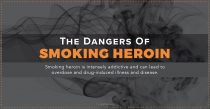
 Many people consider vaporizing heroin a form of smoking. Because of this, we will also discuss how people vaporize the drug. One of the most well known and pervasive is “chasing the dragon.” During this practice the user places the heroin on tin foil which is heated from below by a lighter.
Many people consider vaporizing heroin a form of smoking. Because of this, we will also discuss how people vaporize the drug. One of the most well known and pervasive is “chasing the dragon.” During this practice the user places the heroin on tin foil which is heated from below by a lighter.




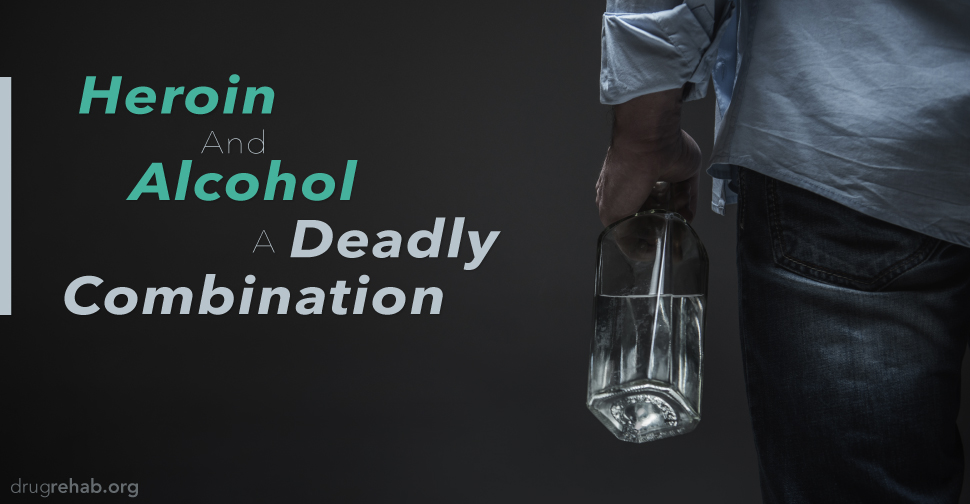
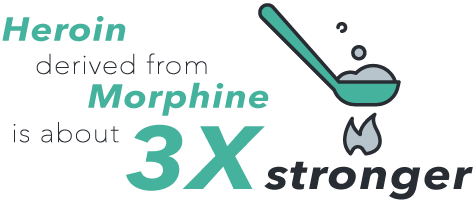
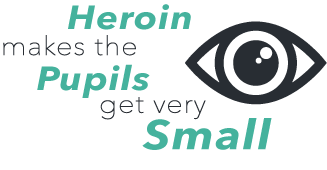
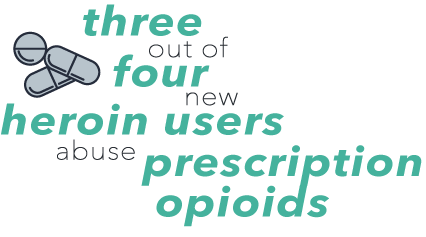
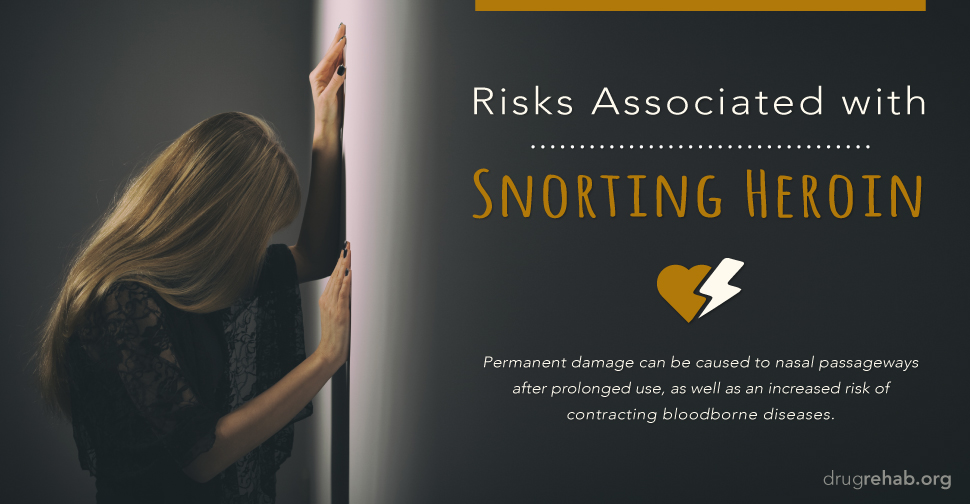
 While this immediate high may draw some individuals to insufflation, there are many dangers associated with it. Permanent damage can be caused to nasal passageways after prolonged use, as well as an increased risk of contracting bloodborne diseases such as Hepatitis C through those thin blood vessels.
While this immediate high may draw some individuals to insufflation, there are many dangers associated with it. Permanent damage can be caused to nasal passageways after prolonged use, as well as an increased risk of contracting bloodborne diseases such as Hepatitis C through those thin blood vessels. Although the morphine concentrate is considered a natural substance, it is
Although the morphine concentrate is considered a natural substance, it is  With this shift in heroin users, hospitals and rehab facilities are seeing more and more suburban housewives, successful businessmen, and many young teens suffering from addiction and overdoses. There has also been a noticeable shift in the method of taking heroin, with more young adults and teens reporting snorting the drug than have in the past.
With this shift in heroin users, hospitals and rehab facilities are seeing more and more suburban housewives, successful businessmen, and many young teens suffering from addiction and overdoses. There has also been a noticeable shift in the method of taking heroin, with more young adults and teens reporting snorting the drug than have in the past.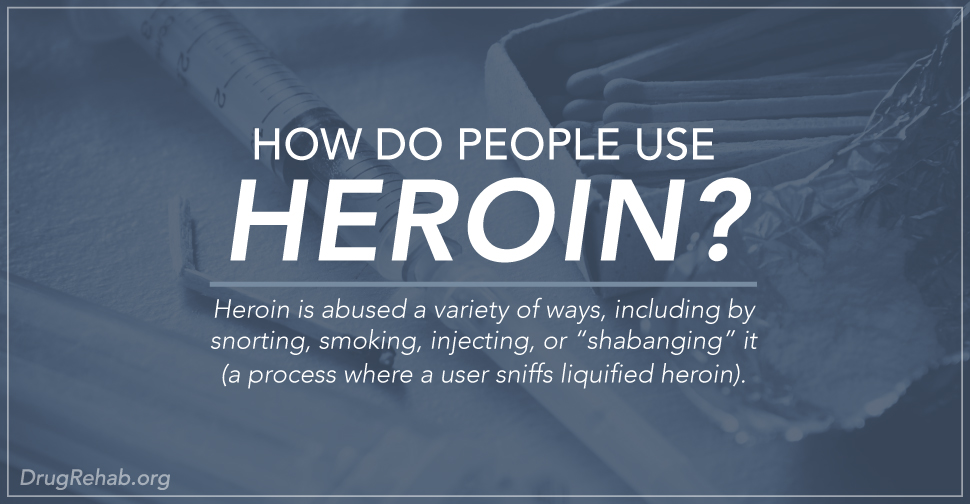
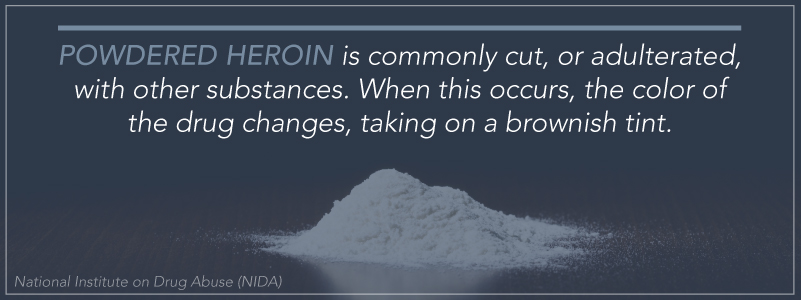

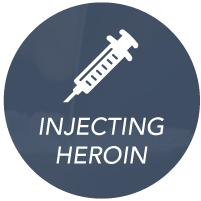
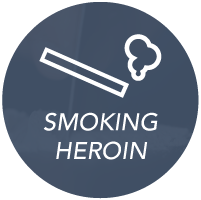
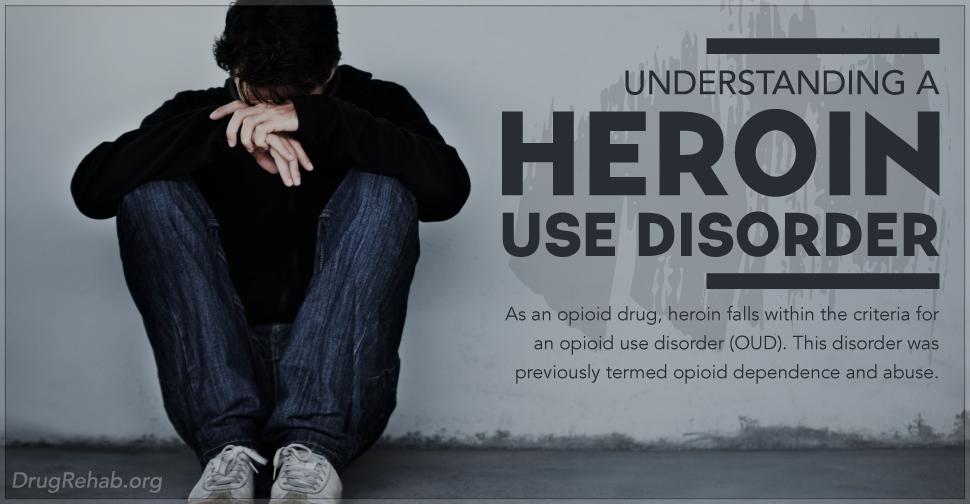
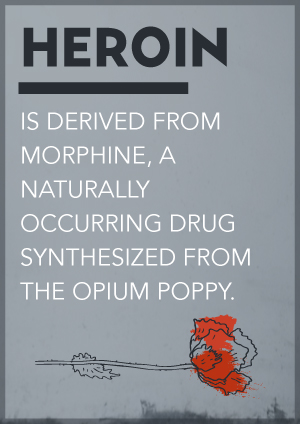 Heroin is one of the most addictive illicit drugs known to man. Heroin is derived from morphine, a naturally occurring drug synthesized from the opium poppy. It is found in one of two ways, either as a white or slightly brown powder or in black tar form. When a person uses heroin, the drug causes an excess of dopamine to build up in the brain. The overabundance of this chemical causes the pleasurable rush and euphoric state that heroin abusers seek.
Heroin is one of the most addictive illicit drugs known to man. Heroin is derived from morphine, a naturally occurring drug synthesized from the opium poppy. It is found in one of two ways, either as a white or slightly brown powder or in black tar form. When a person uses heroin, the drug causes an excess of dopamine to build up in the brain. The overabundance of this chemical causes the pleasurable rush and euphoric state that heroin abusers seek.
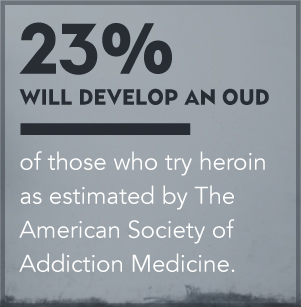
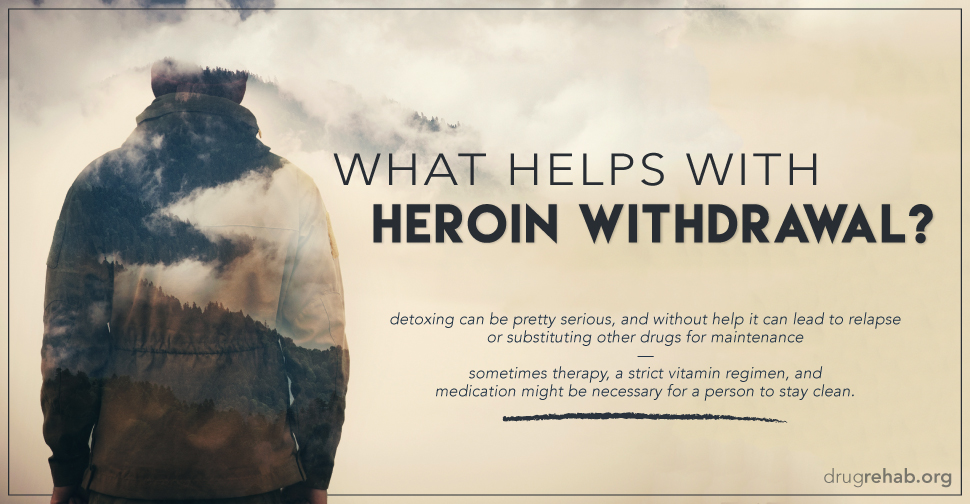
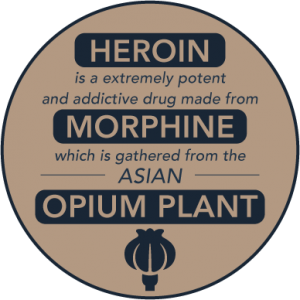

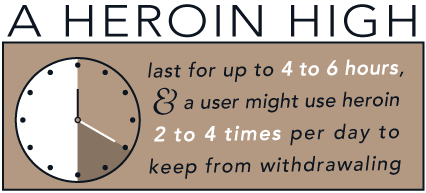
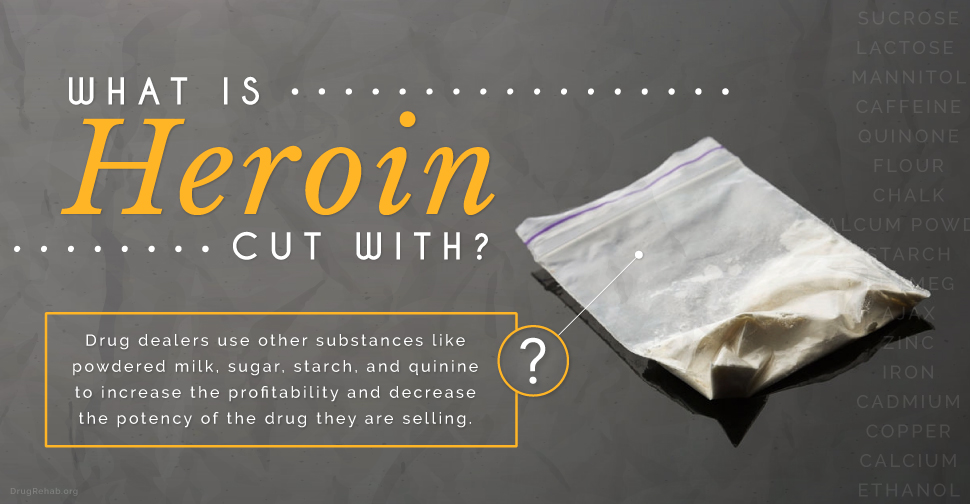
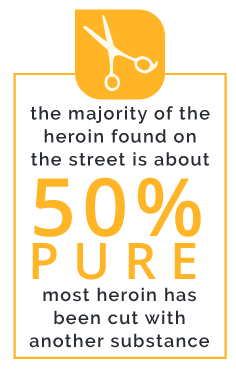
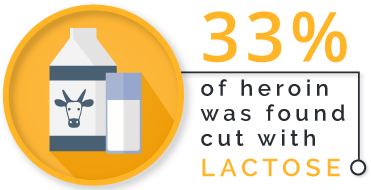
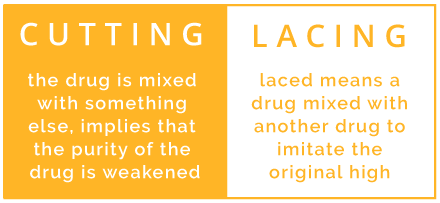
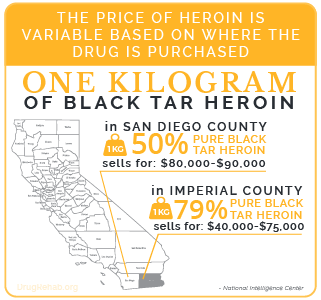
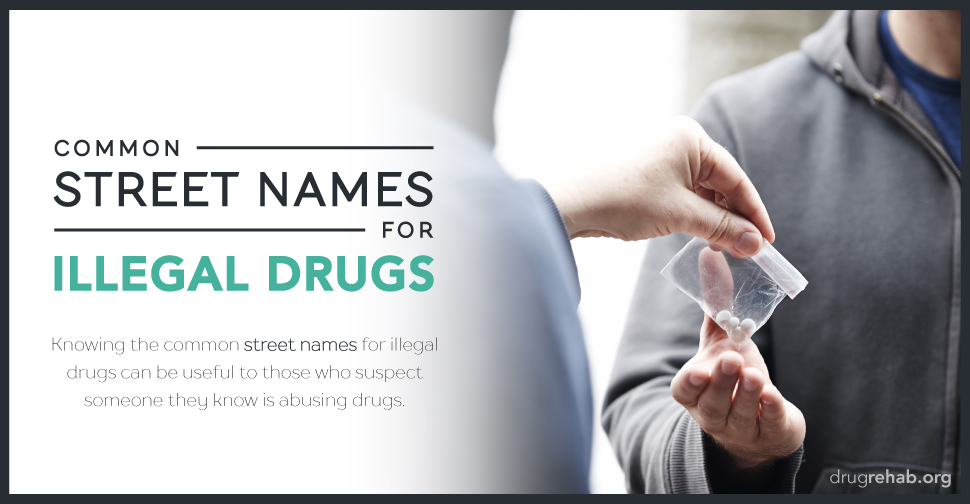



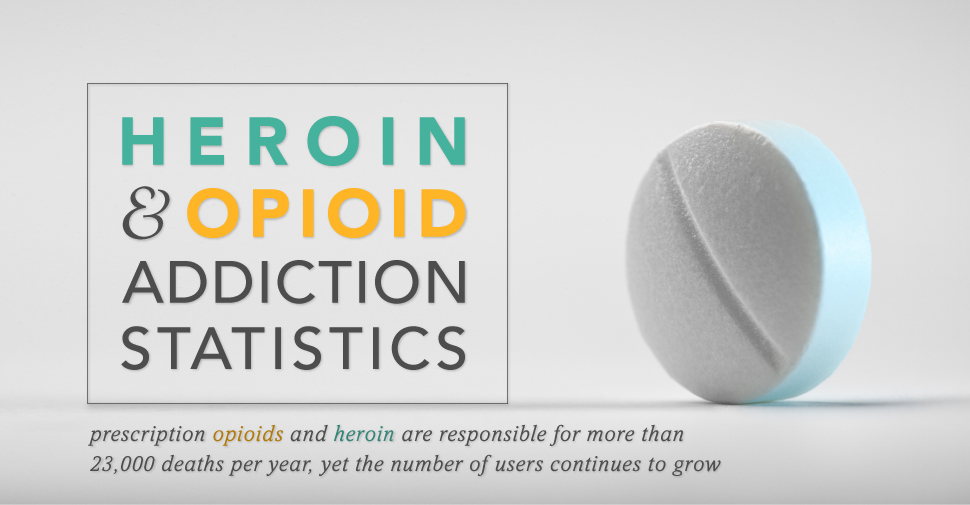
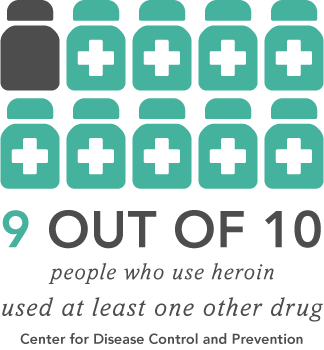



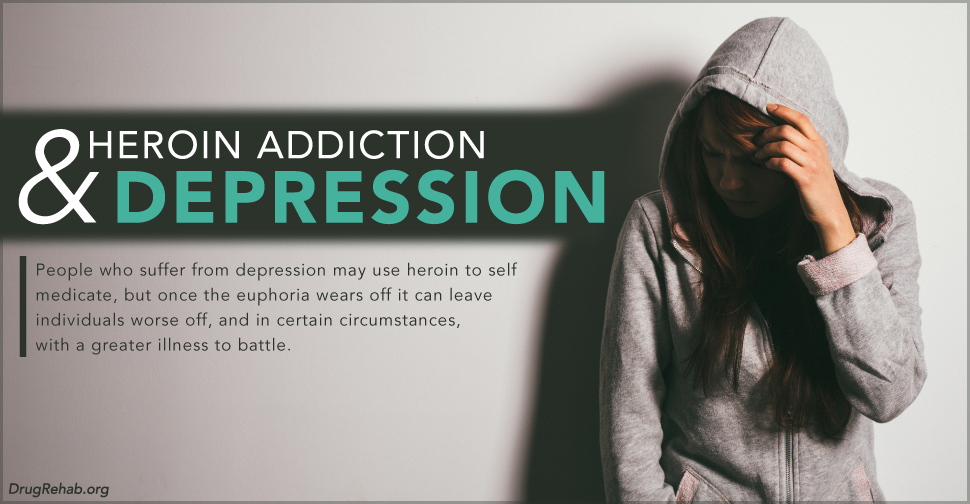



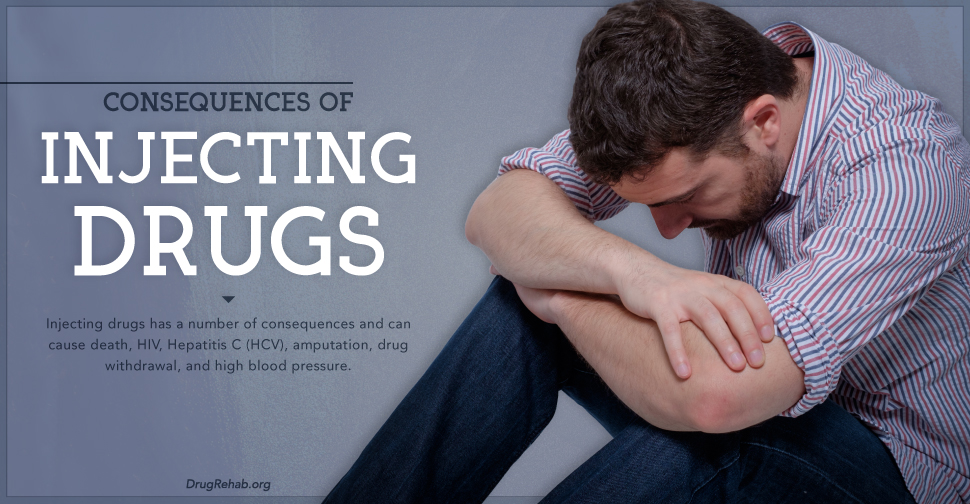
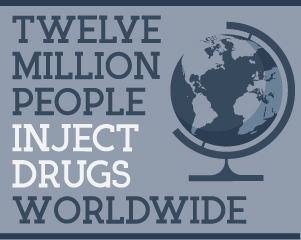 Injecting drugs is the act of putting a drug, in liquid form, right into the bloodstream to achieve the effects of the drug–this is done using a hypodermic needle and syringe or another source of injection. The most common street drug used for injection, or “shooting up”, is heroin, which is an opioid drug derived from the Asian opium plant and converted to morphine once in the body. There are a variety of different drugs that can be injected to the bloodstream–some of these drugs used may not be commonly associated with addiction and injection.
Injecting drugs is the act of putting a drug, in liquid form, right into the bloodstream to achieve the effects of the drug–this is done using a hypodermic needle and syringe or another source of injection. The most common street drug used for injection, or “shooting up”, is heroin, which is an opioid drug derived from the Asian opium plant and converted to morphine once in the body. There are a variety of different drugs that can be injected to the bloodstream–some of these drugs used may not be commonly associated with addiction and injection.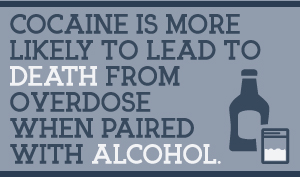 The fastest way to get the effects of drug into the blood is to inject it into the bloodstream, and though cocaine is most commonly associated with snorting or smoking, there are some users who prefer to shoot it up. According to the
The fastest way to get the effects of drug into the blood is to inject it into the bloodstream, and though cocaine is most commonly associated with snorting or smoking, there are some users who prefer to shoot it up. According to the 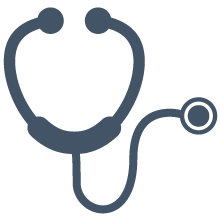 According to the
According to the  A person who injects a drug is vulnerable to various other health consequences. Blood infections and bacterial infections can occur in the user from using dirty needles or from repeated injection of a drug. Sometimes when an inject-able drug is abused, it can block off the blood from the arm or leg and amputation is necessary.
A person who injects a drug is vulnerable to various other health consequences. Blood infections and bacterial infections can occur in the user from using dirty needles or from repeated injection of a drug. Sometimes when an inject-able drug is abused, it can block off the blood from the arm or leg and amputation is necessary.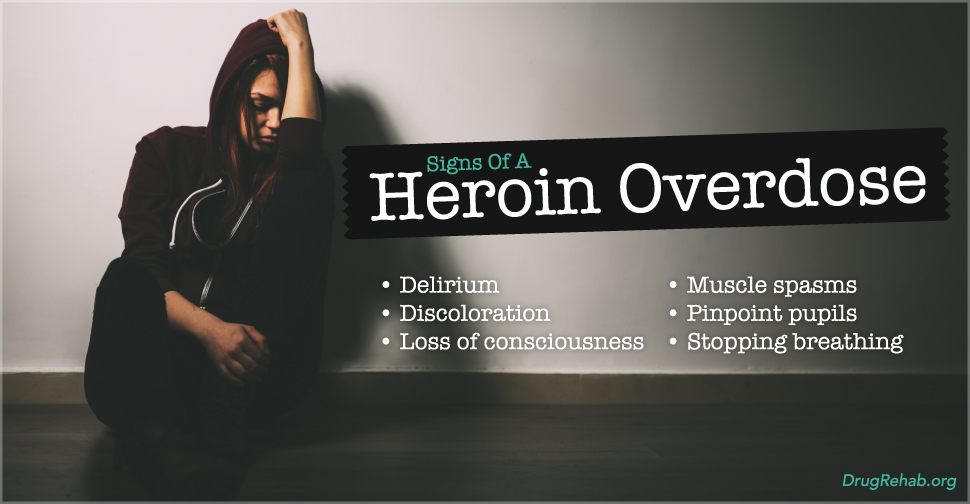



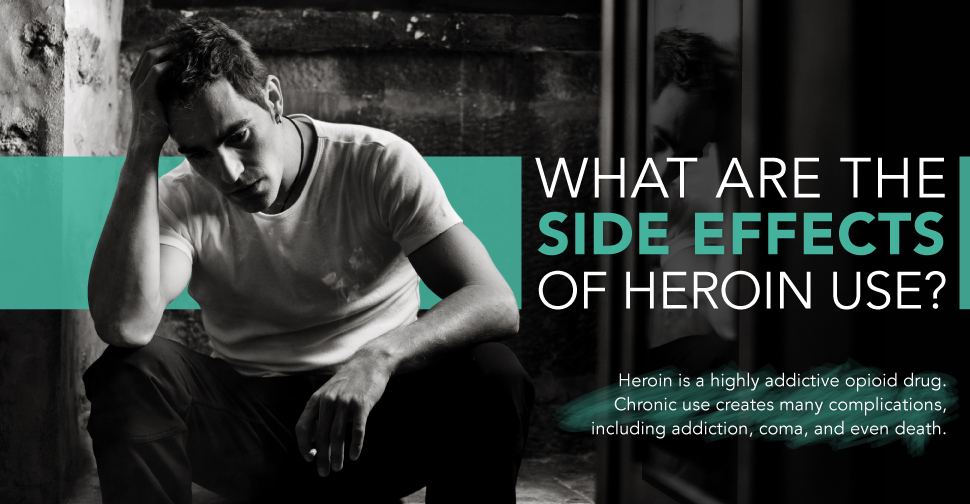
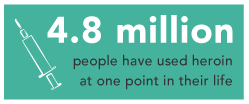 Decreased pain
Decreased pain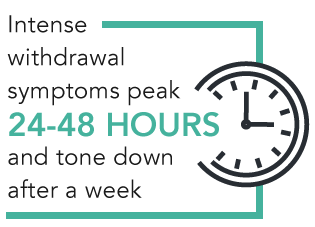 Muscle and bone pain
Muscle and bone pain